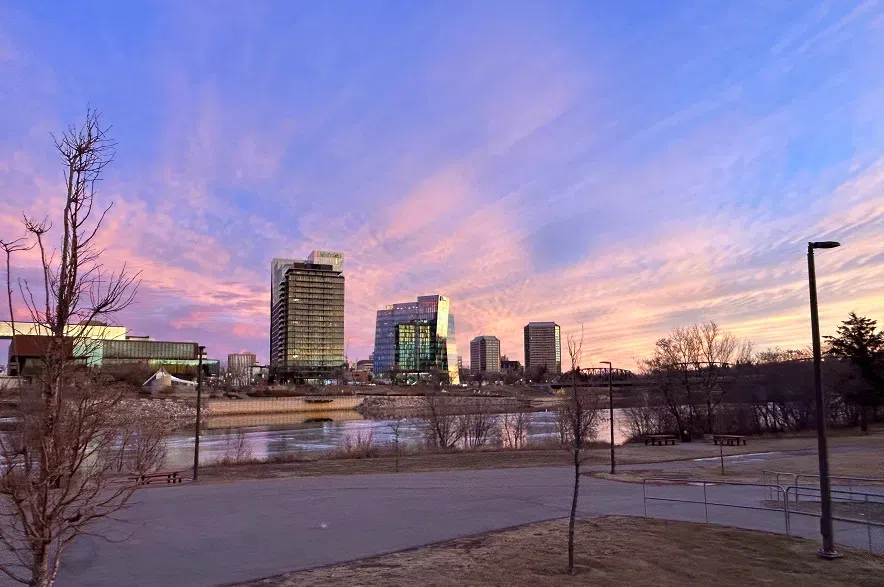In each constituency the election goes the same – candidates campaign, voters vote, and a winner will likely be announced Oct. 28. But there are some constituencies where the hike to victory is going to be even more steep.
Many factors are combining this election to give election-watchers some interesting viewing – 21 incumbents not running, many of whom are well-known Sask. Party faces, constituency boundary changes, and historically tight races.
Murray Mandryk, political columnist with the Leader-Post, said he’ll be interested to see what happens in Saskatoon Southeast.
Don Morgan was the MLA for the Sask. Party for years, but he’s not running again in this election. There’s also former Sask. Party MLA Greg Brkich who’ll be running in that riding for the Sask. United Party.
Mandryk said these things will make the riding a lot more interesting than it might have been.
“It’s a riding that’s certainly winnable for the Saskatchewan Party, but I don’t necessarily think it’s a given,” he said.
Mandryk also talked about Saskatoon Riversdale and a few of the inner-city ridings being interesting because they’re traditionally NDP ridings – Riversdale was former Sask. Premier Roy Romanow’s riding. However, the Sask. Party managed to win them in the last election.
“It’s absolutely critical for the NDP, if they’re going to have any credibility as an opposition or to make a run for something else in this election, to win back ridings,” explained Mandryk. “If they can’t win back ridings like that they’re not going to be a really effective opposition or much more of a force than they are right now.”
Some of the Sask. Party’s controversies could resonate in a few of the ridings outside the big cities, according to Mandryk. He specifically mentioned the situation with guns and bullying for Jeremy Harrison and the recent ethics investigations of Jeremy Cockrill.
“I assume some of that’s resonating at home,” said Mandryk.
He said that could be a factor for Harrison in Meadow Lake, and for Cockrill as the NDP takes a good hard look at North Battleford.
In the north, Mandryk said Athabasca will be an interesting fight, putting the interests of Pinehouse and Île-à-la-Crosse at odds between the NDP and Sask. Party candidates. Mandryk said the NDP should be able to take that seat back.
Recent, though relatively limited, polling suggests the NDP will make gains in this election. However, Daniel Westlake, assistant political science professor at the University of Saskatchewan, said some of that is likely coming from the NDP not having done well in the last two elections.
But, Westlake said there’s another factor, in that the Sask. Party has been in government for 17 years, and any government in power that long is going to do things that make people unhappy or end up in an economic situation making people unhappy.
Westlake said he’ll be watching to see what happens in suburban ridings in Saskatoon, saying it’ll be necessary for the NDP to make gains outside city cores.
“If the Sask. Party comes out of this election holding most of the suburban ridings, that’s really bad news for the NDP,” explained Westlake.
To gauge the NDP’s performance in this election, Westlake said he’ll also be looking to areas like the north and the Prince Albert and Moose Jaw ridings – he said being able to take those would show growth potential for the NDP into the future.
There were a number of ridings in Saskatoon which were won by just a few hundred votes in the last election: Saskatoon Eastview, Saskatoon Meewasin, Saskatoon Churchill-Wildwood, Saskatoon Westview, Saskatoon University-Sutherland, and Saskatoon Riversdale. In the last two there is no incumbent, which can make a race even more competitive.











